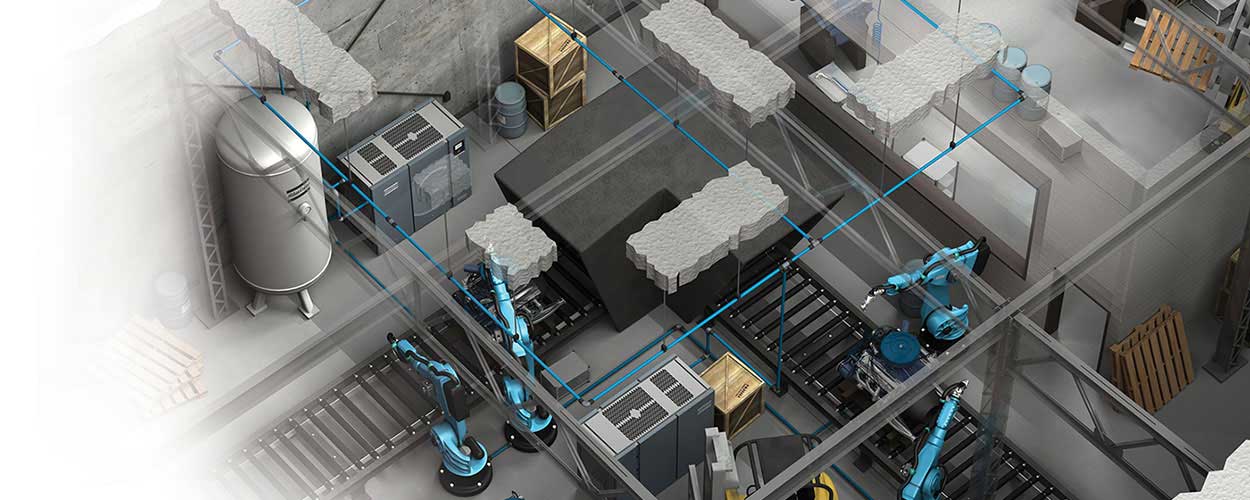Many of us across the country have been experiencing a temperature drop over the last few weeks. Even here in the Carolinas we have seen snow for the last 3 weekends! Did you know that cold air is more dense than warm air and cold air masses are associated with lower pressure at a given height? That got us thinking that it might be a good time take a refresher on pressure drop inside compressed air systems.
Pressure drop is used to characterize the reduction in air pressure from the compressor discharge to the actual point of use. Pressure occurs as the compressed air travels through the treatment and distribution system. A properly designed system should have a pressure loss of less than 10 percent of the compressor’s discharge pressure, measured from the receiver tank output to the point of use.
What causes pressure drop?
Any type of obstruction, restriction or roughness in the system will cause resistance to air flow and lead to pressure drop. Items causing significant pressure drops can be separated into two categories – air quality components and air distribution. The air quality components include air/lubricant separators, aftercoolers, moisture separators, dryers and filters . In the air distribution system, the highest pressure drops are found at points of use in undersized or leaking hoses, piping tees and elbows, tubing, quick disconnect couplings, filters, regulators and lubricators. Maximum pressure drop occurs when the temperature and air flow are highest between the supply side to the points of use.
How to minimize pressure drop
Minimizing pressure drop requires a systems approach in design and system maintenance. Air treatment components, such as aftercoolers, moisture separators, dryers and filters should be selected to provide the lowest possible pressure at specified maximum operating conditions. When installed, the recommended maintenance procedures should be followed and documented.
Additional ways to minimize pressure include:
- Properly design the distribution system
- Maintain air filters and dryers to reduce the effects of moisture, such as pipe corrosion
- Select aftercoolers, separators, dryers and filters that have the least possible pressure drop for the rated conditions
- Reduce the distance air must travel through the distribution system and the number of tees and elbows in the distribution system
Specify pressure regulators, lubricators, hoses and connections having the best performance characteristics at the lowest pressure differential


